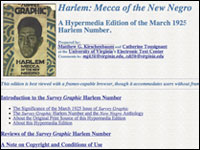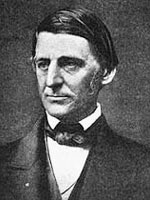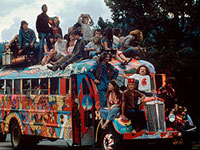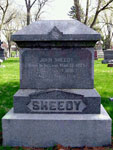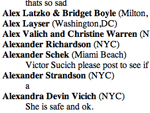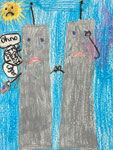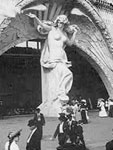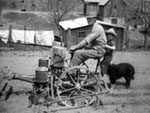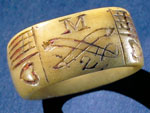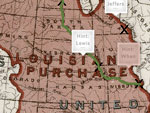Gilded Age Plains City: The Great Sheedy Murder Trial and the Booster Ethos of Lincoln, Nebraska tackles the issue of urban development through the lens of a nationally-followed murder case.
A document archive provides a rich variety of related primary sources—39 legal documents, 225 newspaper articles, 39 newspaper illustrations, 129 photographs, and 42 postcards. Documents range from items directly related to the Sheedy murder trial to sources depicting parts of the city or describing Lincoln culture and society.
One practice worth applauding on this site is it's loyalty to the concept of scaffolding. The first page offers links to vocabulary, an extensive list of Lincoln personages, and a similarly detailed timeline.
Selecting "Explore the City" brings up an introductory essay on Lincoln, Nebraska in the 1890s, as well as an interactive map. The map shows many buildings in red or yellow. Yellow buildings offer period images of the structure, as well as a description of its purpose. Red buildings only have the explanation. The most fascinating feature of the map is that it allows you to select a subsection of the city, such as "demimonde," "physician," "boosters," or "transportation." Each of these options alters the map so that only buildings within that particular subcategory are shown in red or yellow. This lets you see how food distribution and transportation, for example, are grouped in different parts of the city. Each subcategory also has an accompanying essay offering more on the social clime of 1890s Lincoln, Nebraska.
"Spatial Narratives" offers a series of texts on the location and nature of various city subcultures—practitioners of law, boosters, men, African Americans, women, the working class, and university students. Obviously, these subcultures overlapped both in body and in spatial terms within the city.
At this point, one might wonder where the Sheedy case comes into the picture. The third major site section "Interpretation and Narrative" introduces the murder. The narrative includes links to relevant newspaper articles.
Taken as a whole, the site is likely not particularly useful in the K-12 classroom. However, when used in pieces, it can be seen as an example of the ways in which cities develop, racial and moral tensions of the 1890s, or media "spin" of the period versus that of today.
